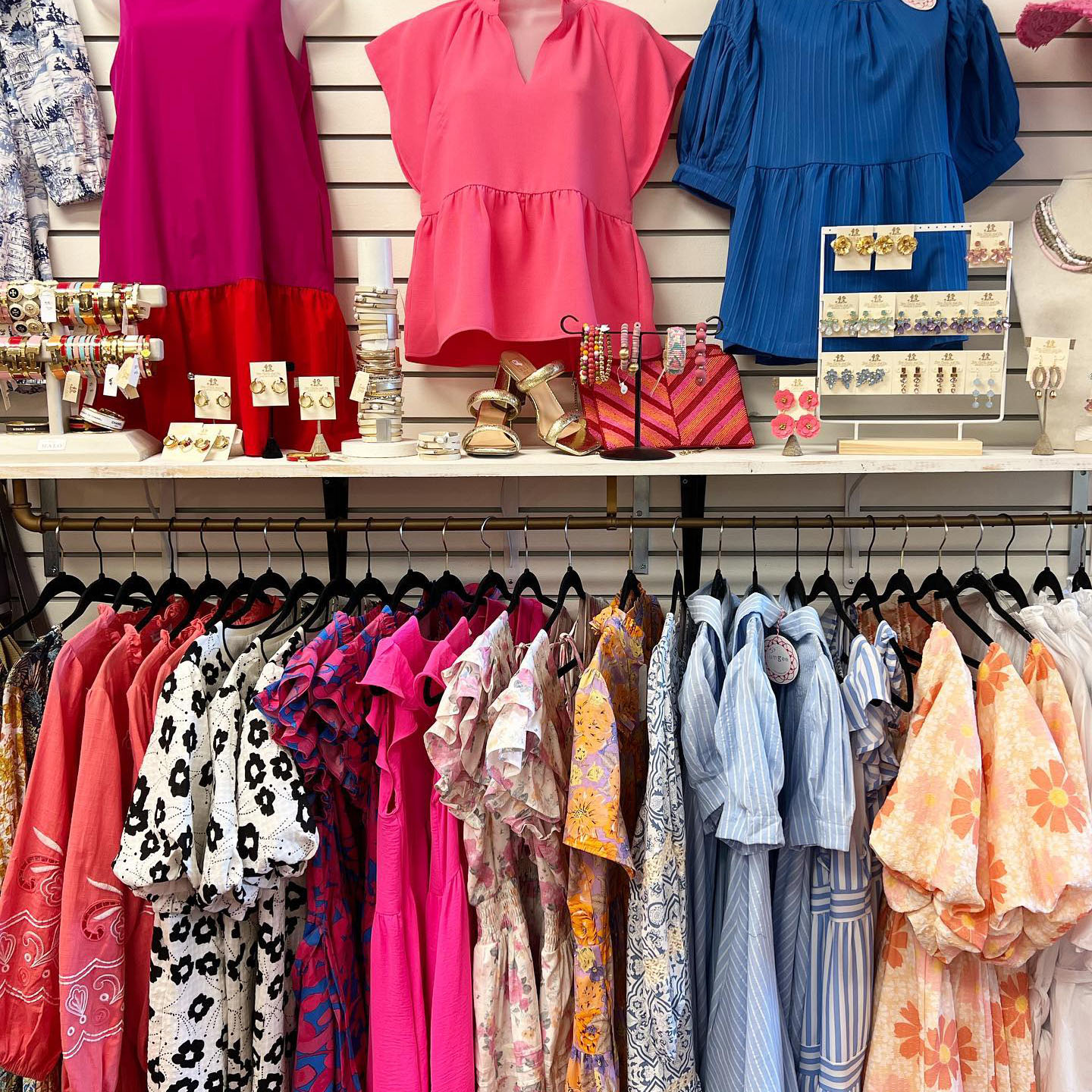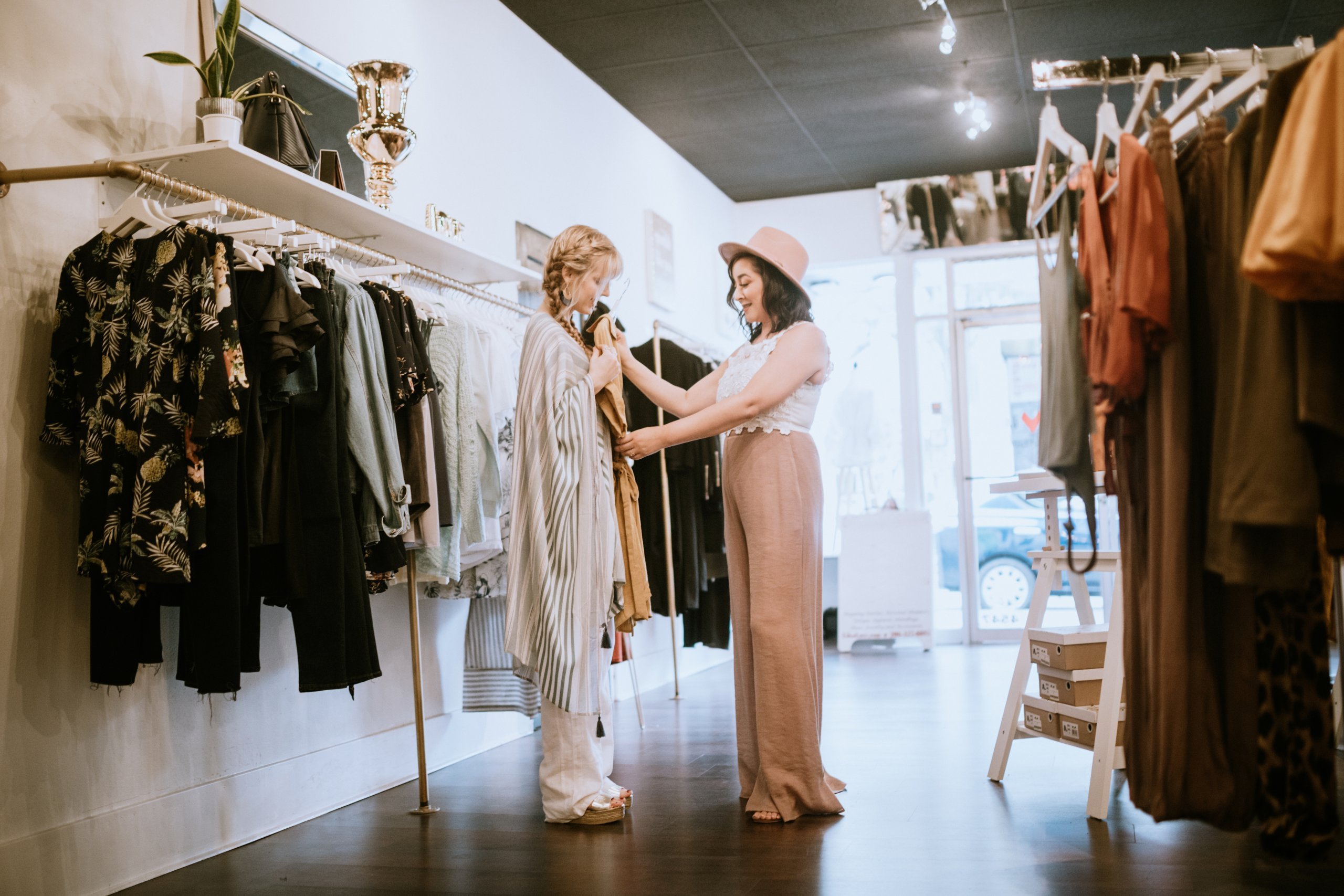Why Boutique Fashion is the Ultimate Option for One-of-a-kind Style
Why Boutique Fashion is the Ultimate Option for One-of-a-kind Style
Blog Article
A Deep Study the Globe of High-Fashion Runways: Comprehending Garments as Art
Developers, much like masterful artists, weave intricate narratives with material, type, and shade, testing standard standards and redefining elegance standards. As we explore these sartorial eyeglasses, we must ponder: what function does fashion play in forming societal worths, and how does it reflect the ever-changing tapestry of human emotion and identification?
The Evolution of Runway Shows
The trajectory of runway programs has actually changed considerably over the years, progressing from special sector events to captivating eyeglasses that blend style with art. Typically, runway shows made love events, held in ateliers or small venues, largely participated in by purchasers and industry experts. These early presentations focused on the garments' workmanship and commercial stability, offering a useful and straight display of seasonal collections.
As the style industry increased, the nature of path shows started to transform. The 1970s and 1980s marked a transforming factor, with developers seeking to differentiate themselves via even more theatrical discussions.
In the last few years, technology and social networks have better transformed runway shows, making them easily accessible to a global audience. Livestreaming and digital systems have actually democratized style, permitting fanatics worldwide to witness these occasions in real-time (boutique fashion). This advancement reflects a wider cultural shift, where high-fashion runways act as a vibrant crossway of efficiency, advancement, and design
Designers as Dreamer Artists
Developers in the high-fashion sector have actually blurred the lines between functional garment development and the conceptual world of art. By welcoming creative self-controls such as sculpture, painting, and avant-garde installments, developers craft garments that challenge traditional style standards and boost them to art forms.
Visionary developers attract ideas from a myriad of resources, consisting of abstract art, historic referrals, and individual narratives. They have a distinct capability to picture and materialize ideas that press the borders of conventional style, usually redefining visual paradigms while doing so. This imaginative ingenuity is showcased with dramatic silhouettes, ingenious products, and detailed workmanship, which invite viewers to experience style as even more than just wearable products.
In addition, the runway functions as a canvas for these musicians, where lights, music, and established style coalesce to produce immersive experiences. These discussions are not just displays of garments yet are coordinated performances that evoke emotion and provoke thought, affirming the developer's function as a true musician in the modern cultural landscape.
Cultural Influences in vogue
Cultural tapestry weaves its complex patterns right into the fabric of fashion, affecting developers around the world. The vibrant interchange of social stories, practices, and icons educates and motivates collections that grace high-fashion paths. Designers thoroughly attract from their heritage or engage with cultures distinctive from their very own, crafting garments that act as aesthetic stories. This social discussion not only enhances the visual diversity but likewise fosters a deeper understanding and admiration of international identities.
The impact of culture on fashion is commonly seen in the reinterpretation of typical garments and patterns. The usage of Japanese robes, Indian saris, or African prints in contemporary fashion mirrors a blend of social credibility and modern-day aesthetics. Developers such as Valentino's Pierpaolo Piccioli and Alexander McQueen's Sarah Burton have actually been known to include rich social concepts right into their couture collections, converting background into Find Out More wearable art.

Advancement in Material and Style
Development in material and style consistently improves the landscape of high-fashion, pushing limits and redefining opportunities. Over the last few years, technical improvements have actually substantially contributed to this evolution, introducing materials look at this web-site that test standard assumptions. Textiles embedded with clever fibers, with the ability of changing color or managing temperature level, are no more restricted to the realm of scientific research fiction. Developers are significantly exploring the combination of innovation, such as 3D printing, which permits the development of complex structures that were formerly unthinkable.
Furthermore, sustainability has actually ended up being a critical motif in material development. The garment industry is experiencing a surge in the usage of eco-friendly materials, derived from recycled plastics, natural fibers, and also eco-friendly parts. These technologies not only offer new structures and looks however additionally address essential environmental issues. Developers are accepting these products to craft garments that are both aware and visually striking of their environmental footprint.
In terms of design, speculative forms and avant-garde silhouettes are constantly reinventing the path. By integrating unusual products and advanced techniques, designers grow garments that blur the line between fashion and art, setting new criteria for creativity and expression in the high-fashion ball.
Influence of Style on Society
Style wields a profound influence on culture, acting as both a representation of cultural identification and a catalyst for social adjustment. Through its development, style has actually mirrored societal shifts, encapsulating the zeitgeist of numerous periods. The flapper outfits of the 1920s review personified a newly found sense of women's liberation, while the strong prints of the 1960s resembled the cutting edge spirit of the time. High-fashion runways, specifically, function as platforms for tough standards and redefining appeal standards. Designers use these places to deal with pressing social problems, from sustainability to diversity, thereby shaping public discourse.
Furthermore, fashion has the power to bridge social spaces, fostering understanding and gratitude among varied teams. As globalisation increases, the cross-cultural exchange of fashion ideas becomes significantly considerable, promoting inclusivity and variety. The surge of streetwear, originating from city subcultures, shows how style can transcend socio-economic limits, approving individuals a way of self-expression and empowerment.
In essence, style is not just concerning visual appeals; it is a dynamic force that affects worths, mindsets, and societal progression (boutique fashion). By continuously connecting with social and social currents, style continues to be an indispensable part of the cumulative human experience

Conclusion
Designers, akin to visionary artists, manage collections that reflect identity, feeling, and social stories, challenging standard aesthetic appeals. This crossway of style and virtuosity not only astounds audiences globally however additionally influences social understandings and promotes a deeper recognition for social diversity.

Social tapestry weaves its elaborate patterns right into the material of fashion, influencing developers around the world.Style possesses a profound influence on culture, serving as both a reflection of cultural identity and a catalyst for social adjustment.
Report this page